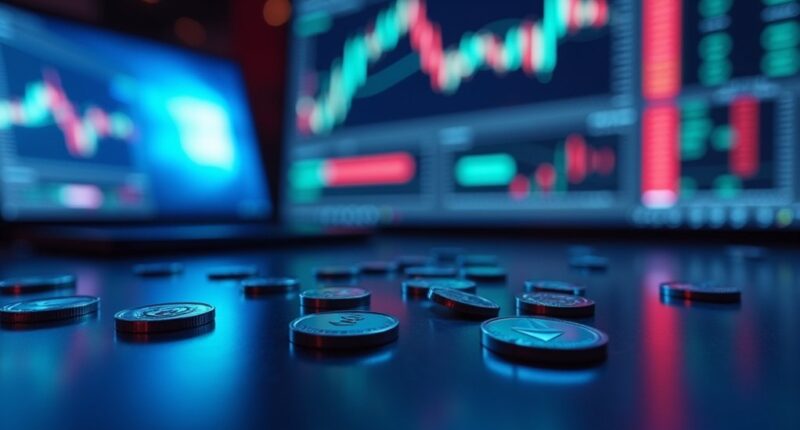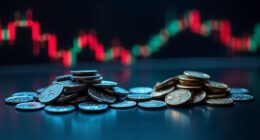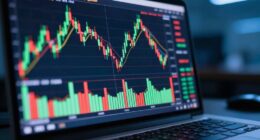When did Dogecoin’s much-vaunted resilience become little more than market theater? On July 14, 2025, DOGE plummeted nearly 10%, tumbling to an intraday low of $0.172—a stark reminder that beneath its meme-fueled bravado lurks brutal volatility. The precipitous drop, followed by an equally swift rebound to $0.191128 the next day, exposed a market less stable than its enthusiasts claim, with rapid oscillations betraying underlying fragility rather than strength. The surge in trading volume to $5.6 billion—far surpassing the 30-day average—coupled with a rise in active addresses, underscores frantic activity, yet this frenzy was not retail-driven euphoria but institutional opportunism. On-chain data revealed savvy investors exploiting the dip, turning chaos into calculated accumulation, which only magnified price swings and dashed illusions of steady growth. This rebound was notably fueled by a significant increase in institutional trading volume, highlighting the growing influence of large investors in DOGE’s market dynamics.
This turbulence occurred against a backdrop of relentless bearish trends, with June closing down 14%, the ninth consecutive year registering losses that average nearly 8%. July’s historical performance offers no solace, traditionally marked by declines averaging 3.48%, and a grim forecast suggests prices could breach $0.15, confirming that DOGE’s narrative of resilience is, at best, selective memory. Notably, the Fear & Greed Index score remains low at 31, reflecting prevailing market fear rather than confidence. The broader crypto market’s carnage—over $675 million in liquidations within 24 hours, including $333 million in Bitcoin and $113 million in Ethereum—further dampens any optimism. Dogecoin, a major casualty with a 7.6% drop amid this liquidation wave, illustrates how elevated funding rates and persistent liquidations erode trader confidence.
Technical analysis predicts modest near-term declines, yet the erratic institutional maneuvers that underpin DOGE’s sudden rallies only compound the risk, revealing a market driven less by fundamentals and more by the whims of “big money” players exploiting every dip, leaving retail investors to absorb the fallout.









